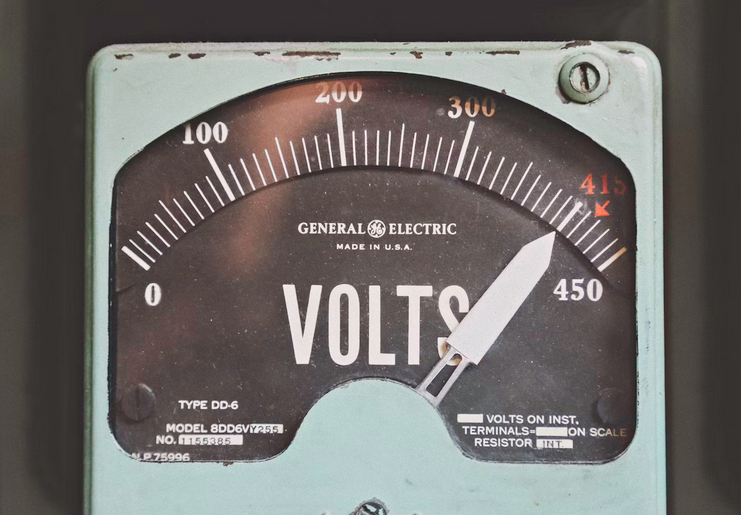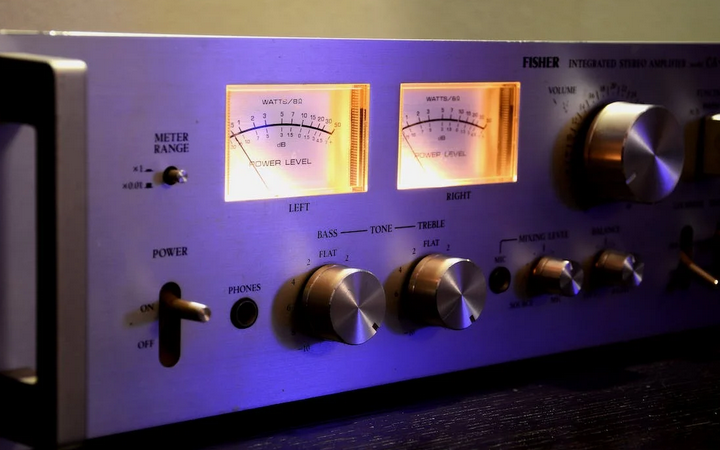In the realm of electronic measurement, precision is paramount. Yet, amidst the intricate dance of signals and circuits lurks a formidable adversary: electrical noise. As engineers and enthusiasts delve deeper into the intricacies of waveform analysis and signal processing, the need to shield sensitive items such as oscilloscope equipment from interference becomes ever more critical.
Below is a look into the issue of electrical noise and explore effective strategies for shielding electronic measurement equipment from interference.
Understanding Electrical Noise
Electrical noise is an unwanted disturbance that affects electronic signals. It can originate from various sources such as power lines, radio frequency transmissions, electronic devices, or even the environment. This noise can compromise the integrity of measurements, introducing errors and inaccuracies.
Types of Electrical Noise
To mitigate electrical noise, it is crucial to identify its different types. Common types of noise include conducted noise, radiated noise, and ground loop noise. Each type has its unique characteristics and requires specific approaches for effective shielding.
Shielding Techniques

Proper Grounding: Establishing a solid and proper grounding system is fundamental to reducing electrical noise. Using grounding techniques such as star grounding, low impedance grounding, and isolated grounds can effectively minimize noise and provide a reference point for accurate measurements.
Shielded Cables and Enclosures: Utilizing shielded cables and enclosures can significantly reduce both conducted and radiated noise. Shielded cables feature an outer metal conductor that acts as a barrier, preventing external interference from corrupting the measurement signal. Enclosures made of conductive materials, such as aluminum or copper, can also serve as protective shields, blocking external noise from entering.
Filtering and Ferrites: Implementing filters and ferrite cores can attenuate high-frequency noise. Filters, such as low-pass or high-pass filters, can block unwanted frequencies, while ferrite cores suppress noise by absorbing electromagnetic waves. These solutions help to maintain signal integrity, ensuring accurate measurements.
EMI Shielding Materials: Using EMI shielding materials, such as conductive coatings, conductive tapes, or shielding foils, can provide an additional layer of protection against radiated noise. These materials prevent electromagnetic waves from escaping or entering electronic devices, safeguarding measurement equipment from interference.
Environmental Considerations
In addition to external sources, the environment itself can contribute to electrical noise. Factors like temperature variations, humidity, and nearby electrical equipment can impact measurement accuracy. By maintaining controlled environmental conditions, such as temperature and humidity regulation, and careful positioning of equipment, the impact of environmental noise can be minimized.
Regular Maintenance and Upgrades

To ensure ongoing protection against electrical noise, it is crucial to regularly inspect and maintain measurement equipment. Damaged cables or connectors should be replaced promptly, and outdated shielding techniques can be upgraded to newer, more effective solutions. By staying vigilant and proactive, professionals can mitigate potential issues before they compromise measurements.
Electrical noise poses a significant challenge in electronic measurement applications. By understanding the different types of noise and implementing appropriate shielding techniques, professionals can protect their measurement equipment from interference, ensuring accurate and reliable results.…

